1000-Year Floods Have Become Disturbingly Common
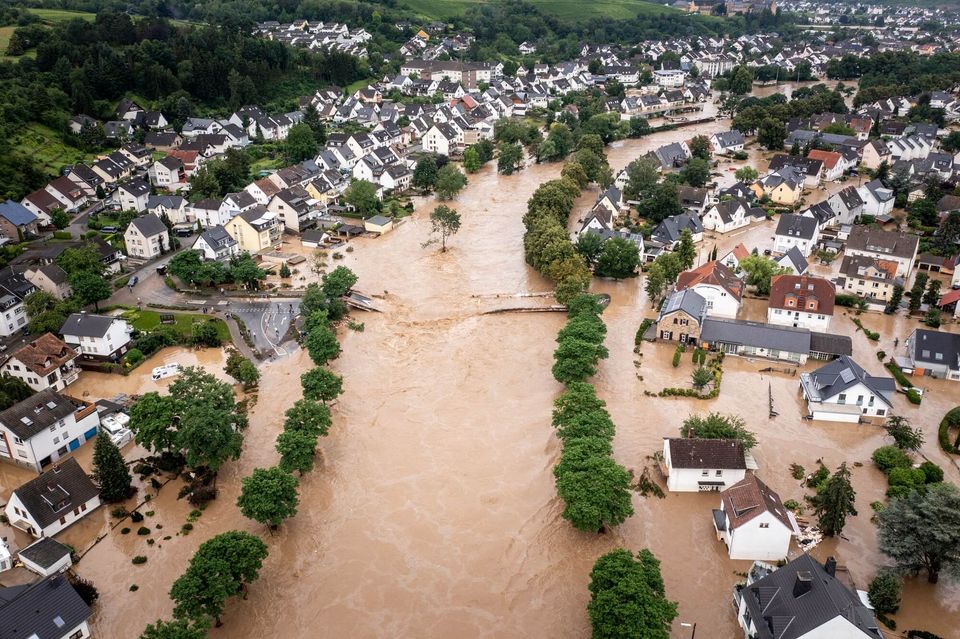
This week, a 1-in-1000-year weather event occurred in New England, where a slow-moving storm dumped two months of rain in just two days. The flood waters destroyed property, washed out countless roads, and caused at least 100 rescues. Millions of people are under flood watches, with many unable to leave their homes due to the rising waters.
When I first saw the headline mentioning a 1000-year weather event, I had deja vu. Didn’t one of these rare weather events just happen? A quick Google search reminded me that just a few months ago in my home state of Florida, Ft. Lauderdale got hit with a 1000-year flood when 20 inches of rain fell in one day.
What exactly is a 1000-year flood? It’s a flood so extreme that the odds of it happening in any given year are 0.1%, or 1 in 1000. Even without climate change, 1000-year floods are bound to occur somewhere in the world from time to time. What’s strange is how often they’re happening.
Last summer, six 1000-year floods happened in one month, all in the US. The floods occurred in Missouri, Kentucky, Illinois, Texas, Mississippi, and even Death Valley. That’s right. Death Valley—one of the driest places on Earth—got a year’s worth of rain in just three hours.
If that sounds bad, it’s nothing compared to what happened in Pakistan a couple months later. Apocalyptic floods covered 1/3 of the country in water, forming a lake that could be seen from space. Over 1 million dwellings were damaged or destroyed, about 33 million people were displaced, and at least 1350 people died.
Other countries that got hit with extreme floods in 2022 include China, Uganda, Afghanistan, and many other countries. And it looks like 2023 is going to be just as bad. A couple months ago, floods in Italy forced 13,000 from their homes. Around the same time, floods in Somalia forced a quarter of a million people from their homes.
So why are all these horrific floods happening so often? It’s pretty simple: For every 1°C rise in temperature, the air can hold 7% more moisture. So as the planet gets warmer, rainfall will get worse, and floods will become more common. And if you think it’s bad now at 1.2°C of warming, just wait until we reach 2°C of warming.
Some people have pointed out that the NOAA needs to update its criteria for 1000-year floods, as they’re happening a lot more than they used to. According to research from First Street Foundation, the NOAA’s 1-in-100 year flooding can now be expected every 8 years, which implies that 1-in-1000 year flooding can be expected every 80 years, although there needs to be more research.
But then again, does it really matter how precisely we measure the scale and frequency of major floods? The point is, they’re happening more often, and it’s going to get worse. A lot worse. Even climate scientists are shocked by how bad the floods are getting, and they’ve been predicting more floods for decades now.
So now, videos of people clinging to their vehicles as they’re swept down a newly-formed river in the middle of town have become commonplace. Just more clips to watch and quickly forget about as we spend our last few years doomscrolling.
There are so many scary news stories and videos that it’s easy to become numb to them, especially if you live in an area that rarely floods. But no matter where you live, all these floods are going to affect you—maybe not directly, but they will affect you in one way or another.
First of all, the increasing number of floods are forcing governments to spend billions rebuilding areas that will probably be destroyed again in a few years. As governments spend more money attempting to sustain an unsustainable civilization, there will be less money left over for maintaining current infrastructure.
That means more crumbling roads, more collapsing bridges, more downed power lines, and a general breakdown of modern civilization. It’s like someone trying to scoop water out of a sinking boat while the hole at the bottom keeps getting bigger and bigger.
The second way these floods will affect you—even if it never rains where you live—is through higher prices as the grocery store. Over the past few months, unseasonably high rainfall devastated tomato crops across India, causing a shortage and a price increase of 400%.
This type of story is also becoming disturbingly common. A few months ago, we learned that rice production for 2023 is set to have its largest shortfall since in 20 years. The result has been higher rice prices for about 3.5 billion people across the globe. And the month before that, Californian farmers lost billions of dollars in fruit and vegetable crops due to a relentless string of atmospheric rivers.
One of the worst examples is what happened to Pakistan last fall. I already mentioned that the flood covered 1/3 of the country, but it also wiped out 1/2 of the country’s breadbasket, causing food prices to soar. Everyone on the planet should be alarmed by this, yet some people are still saying snarky things like, “It’s called weather.”
This is not just weather. This is the Earth painfully changing from one paradigm to another, from the stable Holocene to something called hothouse Earth. Most people imagine that in a hothouse Earth scenario, the greatest threat to crops will be droughts and heatwaves, but floods will also be a major threat, driving food prices ever higher.
If you still aren’t concerned because you have plenty of money and don’t live in a flood zone, you should know that FEMA’s flood maps are badly out-of-date. Floods are already the most common type of disaster in the world, and as sea levels rise and rainstorms get bigger, more and more people will be in the danger zone. Even people outside the danger zone are liable to be flooded.
If you’ve never been in a flood before—or even if you have been—here is a guide to surviving a deadly flood that’s worth bookmarking. Start taking steps to prepare yourself and your family now, because once the rain starts falling, it’s already too late.
The other day, the New York Times published an article called Climate Disasters Daily? Welcome to the ‘New Normal’. The author is only partly right. Daily climate disasters are a thing now, but this is not the new normal.
What do I mean by that? Our planet is warming exponentially, transitioning from Holocene to Anthropocene, from icehouse Earth to hothouse Earth. As long as the planet is in a state of flux, there can be no normal—there can only be change.
Every year, climate disasters will be a little worse than the year before. Eventually, they’ll be a lot worse than the year before. The disasters will get bigger and bigger, and surviving will get harder and harder.
In the long run, we’re all doomed. But in the meantime, we should do everything we can to protect ourselves and our families, and enjoy the time we have left. In one way or another, the floods are coming for us all.
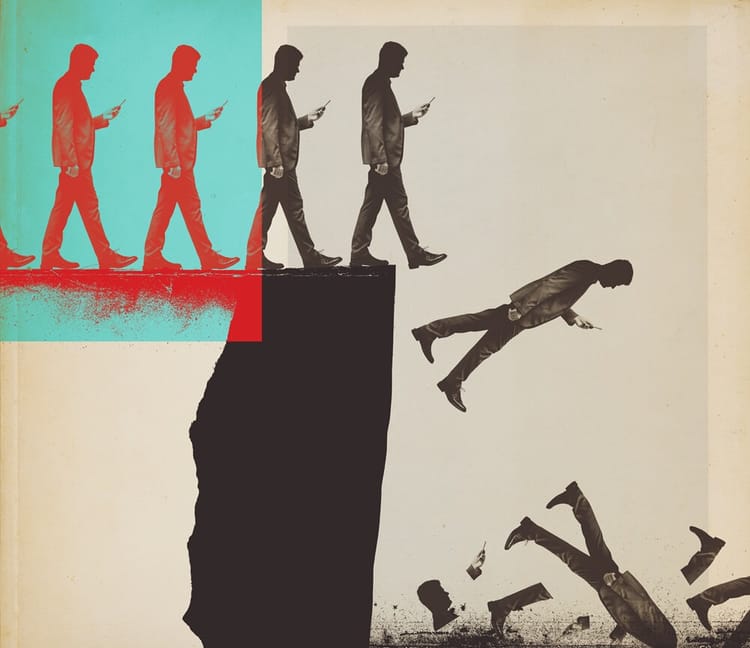
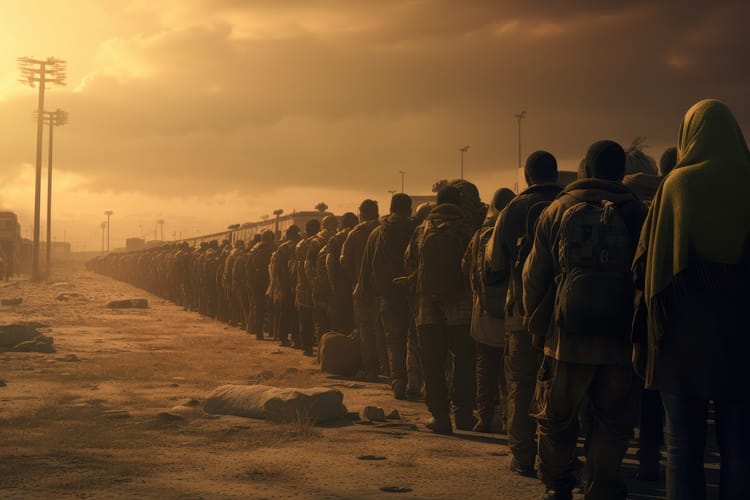
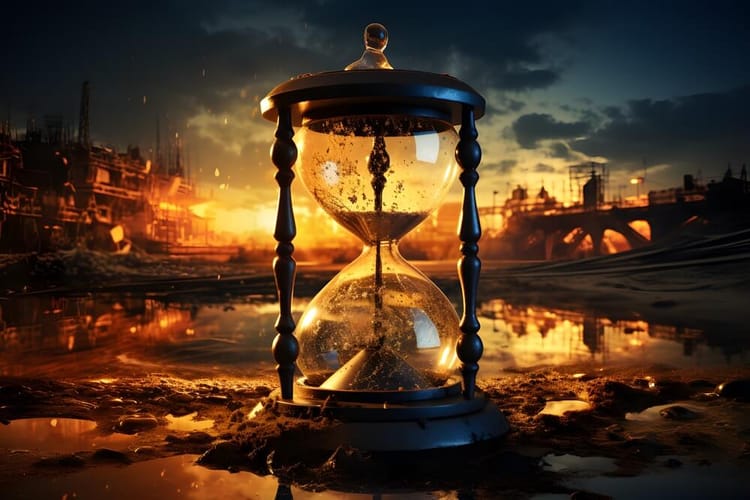
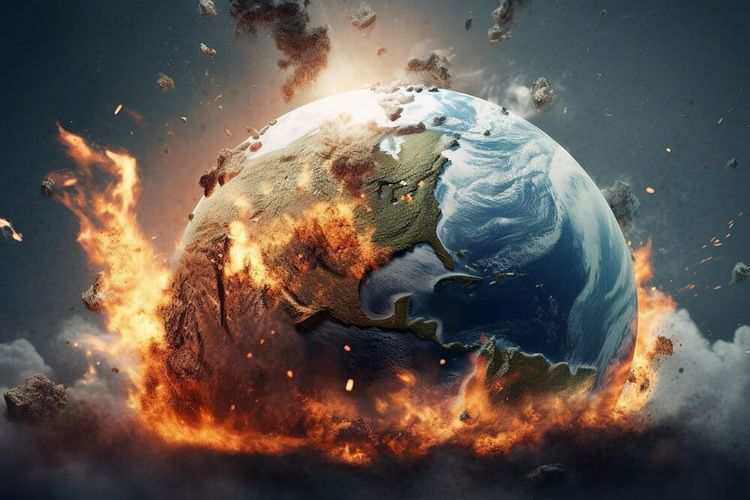
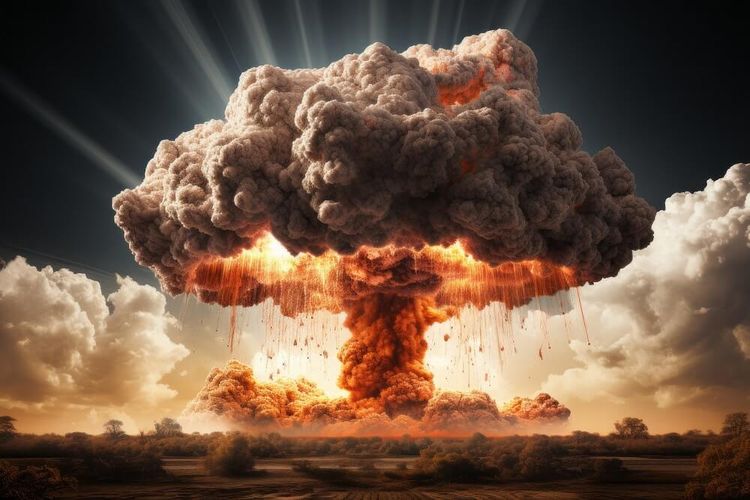
Member discussion